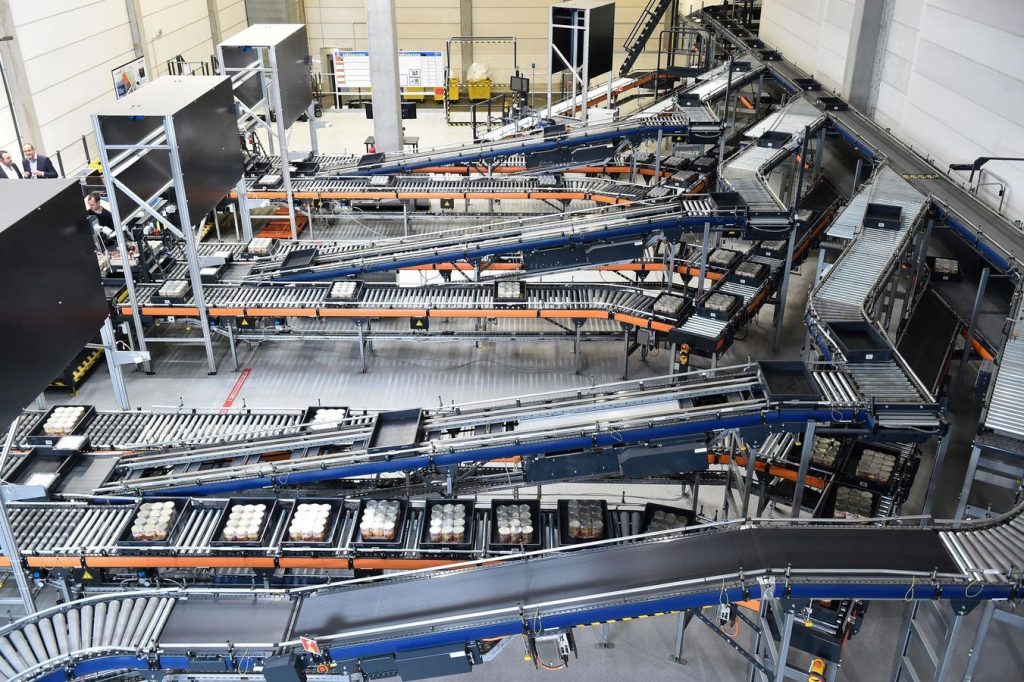The December 2024 Material Handling Industry (MHI) Business Activity Index (BAI), a key indicator of the health of the U.S. manufacturing and supply chain sectors, presented a mixed picture, revealing weakening trends alongside persistent strengths. While the overall index reflected contractions in several key areas, including capacity utilization, shipments, unfilled orders, inventories, and exports, it also highlighted ongoing expansions in business activity, new orders, and future new orders. This nuanced performance underscores the complex dynamics currently at play within the industrial landscape.
The MHI BAI, compiled by Prestige Economics based on survey responses from leading executives within the material handling industry, offers valuable insights into the movement of goods throughout the supply chain. The December report indicated a decline in shipments, with a majority of respondents reporting contractions. This contrasts with the broader trend observed over the past few years, which has generally witnessed consistent expansion in shipment activity. However, the positive performance of new orders, with a significant majority of respondents reporting expansions, offers a glimmer of hope. This suggests that while current shipments might be down, incoming orders are robust, potentially signaling a resurgence in activity in the near future.
A deeper dive into the data reveals a persistent weakness in unfilled orders and inventories. Unfilled orders contracted in December, continuing a trend of sluggishness that has persisted for nearly two and a half years. Similarly, inventories experienced their fifteenth consecutive monthly contraction, further emphasizing the cautious approach companies are taking towards stockpiling goods. This consistent depletion of backlogs and work-in-progress inventories suggests a strategic focus on managing existing orders and minimizing excess stock, potentially in response to prevailing economic uncertainties. This strategy, however, could lead to supply shortages and delayed deliveries if demand suddenly spikes.
Despite the prevailing weakness in several categories, the outlook for future new orders remains remarkably strong, with an overwhelming majority of respondents anticipating higher order volumes in the coming year. While the December data showed a slight deceleration in this optimism compared to previous months, the overall sentiment remains exceptionally high, suggesting sustained confidence in the long-term prospects of the material handling sector. This positive outlook is further bolstered by the anticipated decline in interest rates, which is projected to continue through the end of 2026. Lower interest rates are expected to stimulate economic activity, supporting both material handling and broader manufacturing trends over the next two years. This anticipated economic stimulus, coupled with the high expectations for future new orders, forms a strong foundation for optimism within the industry.
The current landscape of the material handling industry, as depicted by the December MHI BAI, presents a complex interplay of contrasting trends. While the contractions in shipments, unfilled orders, and inventories raise concerns about immediate term performance, the expansions in business activity, new orders, and future new orders, combined with the positive outlook for interest rates, provide a counterbalancing force. This suggests that the industry is currently navigating a period of adjustment, potentially streamlining operations and managing inventories in response to evolving economic conditions, while simultaneously maintaining a positive long-term outlook.
The mixed signals from the December MHI BAI underscore the importance of continuous monitoring and analysis of these critical indicators. The ongoing trends in new orders, future new orders, and interest rates will be particularly crucial to watch in the coming months, as they will provide further insight into the evolving health and trajectory of the material handling industry, which serves as a vital barometer for the broader manufacturing and supply chain sectors. The ability of the industry to capitalize on the positive drivers while effectively managing the current challenges will ultimately determine its success in the coming years. Understanding and responding to these dynamic forces will be essential for businesses operating within this crucial sector of the economy.

